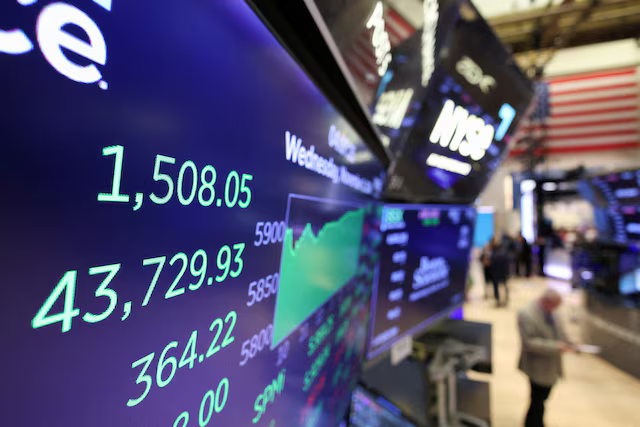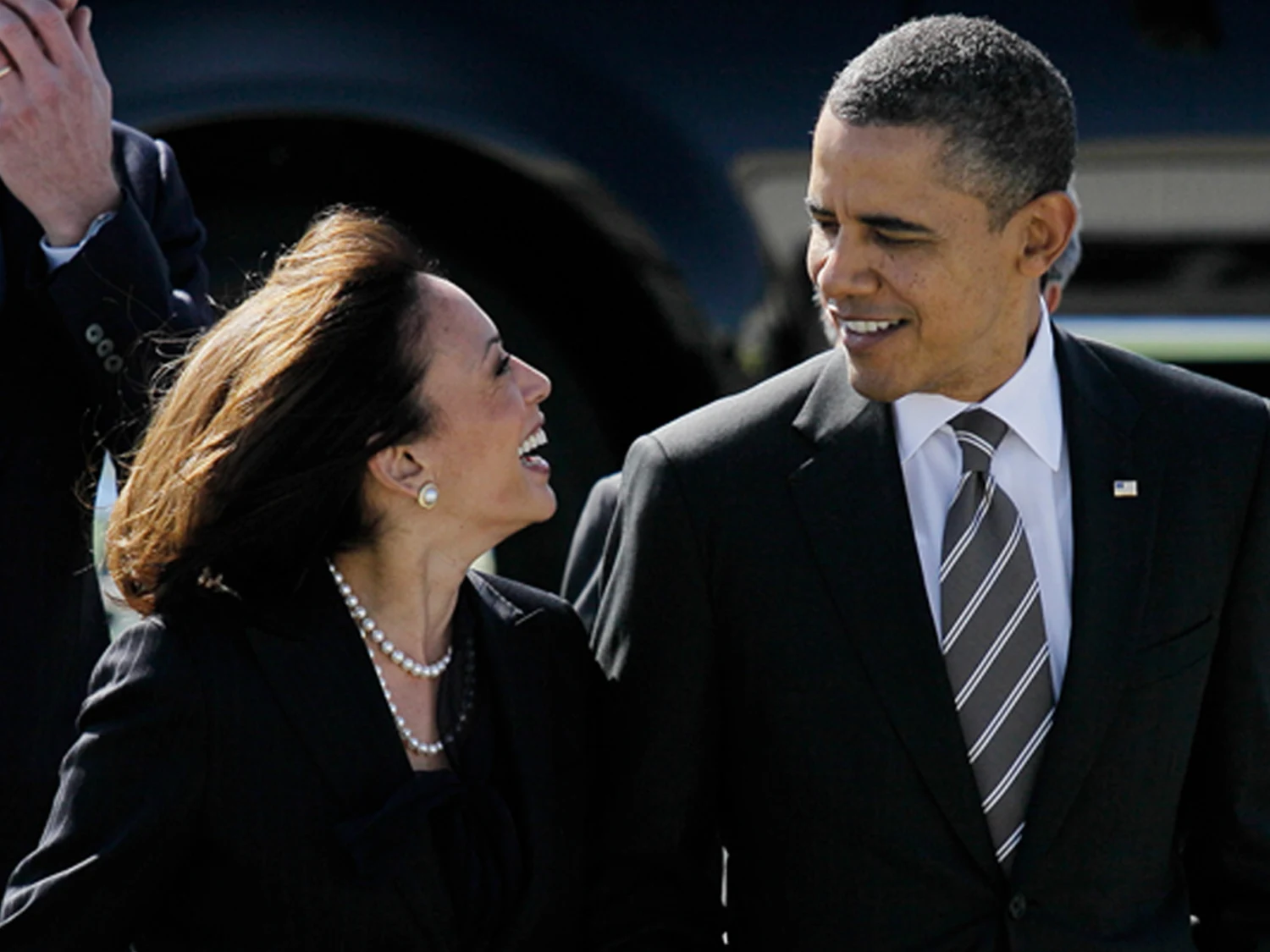A wave of optimism has swept through the US stock market following the November 5 elections, with options traders shifting from defensive strategies to a more bullish stance, Reuters reports.
The shift comes as the market celebrates a 3% rally in the S&P 500 since the vote, fueled by fading election uncertainties and expectations of a Republican sweep in Washington next year.
In the wake of the election, traders are pouring into riskier bets across a range of assets, from electric vehicle maker Tesla to small-cap stocks and regional banks. This surge in options activity has supported a broader rally, signaling relief from political uncertainties and expectations of a business-friendly environment under a Republican-controlled Congress.
“We’ve got this relief from this big risk… It’s just across the board … you’ve got everything, with the exception of bonds, going up,” said Garrett DeSimone, head of quantitative research at OptionMetrics.
Ahead of the election, many traders took a defensive approach, hedging their portfolios against the possibility of a contested result or political instability. But as the results began to unfold and the expected Republican victory gained confirmation, investors swiftly shifted to a more optimistic outlook, driven by the anticipation of a freer hand for Republicans to push through tax cuts and deregulation.
“Investors are panicking to chase stocks at all-time highs,” said According to Charlie McElligott, managing director of cross-asset strategy at Nomura.
The shift to bullish positions is evident in the surge in call options—contracts that profit when stock prices rise—on everything from the iShares Russell 2000 ETF to the ARK Innovation ETF and VanEck Semiconductor ETF.
Data from Trade Alert shows that the daily volume of call options now outnumbers put options by a ratio of 1.5-to-1, a slight increase from the year-to-date average of 1.3-to-1. Net call volume across individual stocks has jumped significantly, according to Deutsche Bank.
One of the most notable changes in the market has been the dramatic drop in volatility. The Cboe Volatility Index (VIX), which measures demand for portfolio protection, fell to a near four-month low of 13.67, signaling that the market’s fears about election uncertainty have largely dissipated.
“What the volatility market was worried about didn’t come to fruition, so all that excess worry came out of the market,” said Michael Thompson, co-portfolio manager at boutique investment firm Little Harbor Advisors.
The increased demand for call options has also been particularly pronounced in Tesla, with the electric car maker’s stock soaring following the election. Investors have poured into options on Tesla, betting that CEO Elon Musk’s close ties to President-elect Donald Trump could benefit the company. Tesla options accounted for nearly 30% of all US stock options traded in notional terms on Monday, according to data from Nomura.
The surge in bullish options trading is helping fuel the rally in US stocks. As investors flood into calls, the resulting increase in demand drives stock prices higher, creating a self-fulfilling cycle of rising prices.
“When you get these investors that pile in to calls … this information moves into the stock and then you see the increase in the stock itself,” DeSimone explained.
However, there is some caution amid the optimism. While the markets are riding high on the post-election rally, some analysts are concerned that the so-called “Trump trade” could face challenges ahead. The details of the timing and implementation of the Republican policy agenda remain uncertain, and investors are wary of potential inflationary pressures from policy changes like tax cuts and tariffs.
The rise in Treasury yields, which has been a concern for investors, could pose an obstacle for stocks if it continues. On Thursday, stocks fell after Federal Reserve Chairman Jerome Powell signaled that the strong economy may not require further policy adjustments. The effects of Trump’s policies on economic growth will only become clearer once new laws or regulations are enacted.
Despite the recent surge in optimism, some measures of investor sentiment suggest caution remains. One indicator, the S&P 500 skew—which measures the demand for bullish versus bearish options—has fallen to 4%, down from 7% before the election. While this indicates a shift away from defensive strategies, it still shows a level of caution compared to earlier in the year, when the skew hit lows of 3%.
“This suggests markets are maintaining some degree of caution rather than displaying complete complacency,” DeSimone said.
With the market still adjusting to the election results and the looming question of how soon and how effectively the Republican agenda can be implemented, traders are balancing their bullish bets with an awareness of potential risks ahead.









